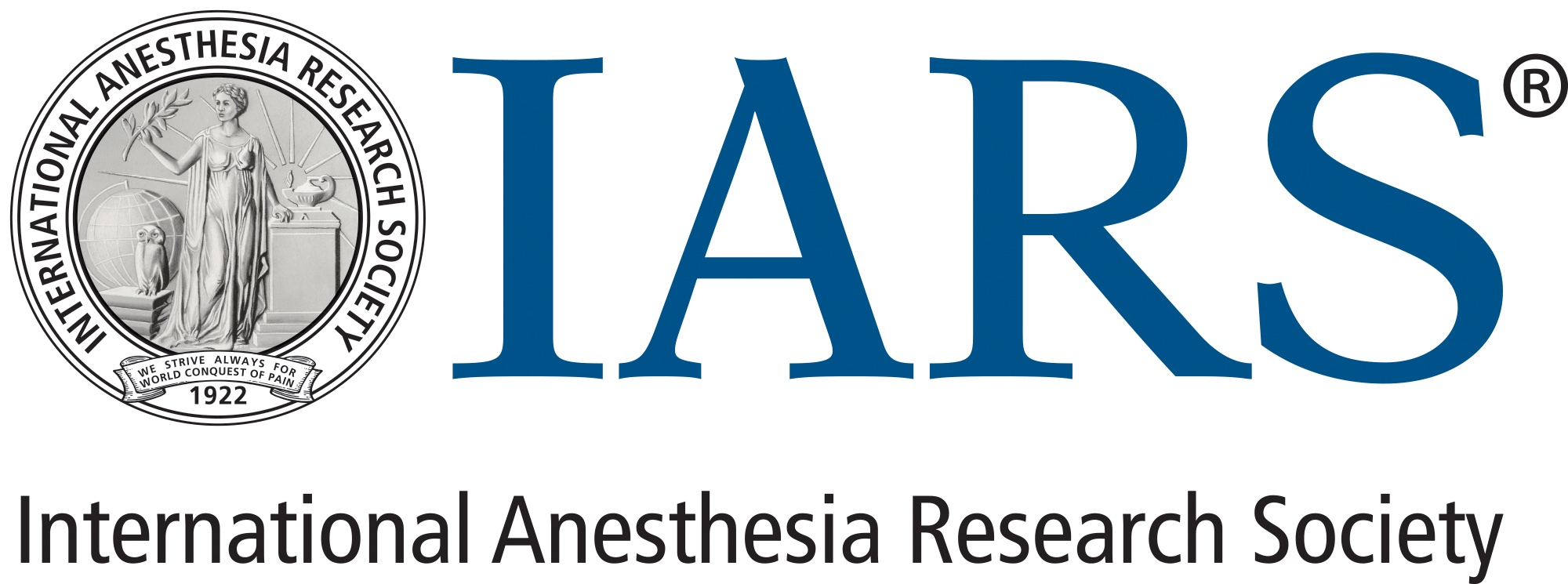Reflecting with A&A Editors: Rethinking Old Clinical Practices and Looking for a New Way to Move Forward with DEI
Young May Cha, MD, MS
As the 2025 Annual Meeting, presented by IARS and SOCCA, came to a close on Sunday, March 23, Jaideep J. Pandit, MA, BMBCh, DPhil, FRCA, FFPMRCA, DM, MBA, professor of Anaesthesia at the University of Oxford and current editor-in-chief of Anesthesia & Analgesia (A&A), held a “fireside chat” with Thomas Hemmerling, MD, DEAA, MSc, professor of Anesthesiology at McGill University and Executive Editor of A&A, and Adam Milam, MD, PhD, professor of Anesthesiology and associate professor of Epidemiology at Mayo Clinic and section editor of People & Health Advocacy at A&A. Even without a cozy fireplace, this relaxed closing plenary session welcomed questions from the audience as they discussed the role of neuromuscular blockade in airway management and the new strategy for the People & Health Advocacy section in A&A.
In the first half of the session, Dr. Hemmerling, who is also the A&A section editor for Technology, Computing, and Simulation, reminisced on how he presented at an annual meeting for IARS in Hawaii years ago on what was then a new method to monitor neuromuscular blockade. The historical teaching was to use either a fiberoptic scope or suxamethonium for an anticipated difficult airway. Since then, there has been a dramatic shift in the kind of neuromuscular blocker used and in the approach to difficult intubation. The widespread prevalence of video laryngoscopy has decreased the routine use of fiberoptic bronchoscopy. Moreover, there is a shift away from waking patients up when faced with a difficult airway, and anesthesiologists are encouraged to deepen the anesthetic with neuromuscular blockade.
For further debate on whether to give neuromuscular blockade at induction, Dr. Hemmerling presented a case with a patient who presented for elective surgery with a letter indicating two prior failed intubations but reportedly easy mask ventilation. Per record, one encounter with a fiberoptic scope was not unsuccessful, and another encounter took four attempts with video laryngoscopy. In Dr. Hemmerling’s encounter, intubation by video laryngoscopy was difficult and even mask ventilation was difficult with a laryngeal mask airway. Several audience members then weighed in on various preferences for difficult airway management. These approaches ranged from very light sedation with patients actively participating during intubation to very deep sedation in pediatric patients who cannot be cooperative with such a light approach.
The second interview focused on the newly published strategy in A&A to rename its section on “Diversity, Equity, and Inclusion (DEI)” to “People & Health Advocacy.” This strategy aims to preserve the original mission of DEI, while also avoiding becoming a target due to the use of specific terminology. Such a section allows the journal to have common values with organizations and institutions that have their own DEI policies. By having a diverse group of editors and reviewers, the journal can likewise have a broader reach of articles.
Comments from the audience were positive on this statement and called the title a nonoffensive way to retain the concept. One commenter emphasized that healthcare aims to help all groups. Since patients in minority groups tend to have worse healthcare outcomes, it is beholden on us, as clinicians and researchers, to do the best research to help those most in need. Another commenter queried the possibility of removing all identifiers to article submissions to blind them for review, as an opportunity to increase equity in publication. Unfortunately, this approach may not be practically feasible, as it is often evident who is doing the study based on factors, such as the technology used or area being studied.
Dr. Milam then closed the session with a discussion on improving DEI research. He is working with other journals to push the importance of publishing DEI research and creating forums so people know how to conduct this research. It is a challenging time for health equity researchers, but, for the sake of patient advocacy and improved health care, it is important that this work continue.
International Anesthesia Research Society
